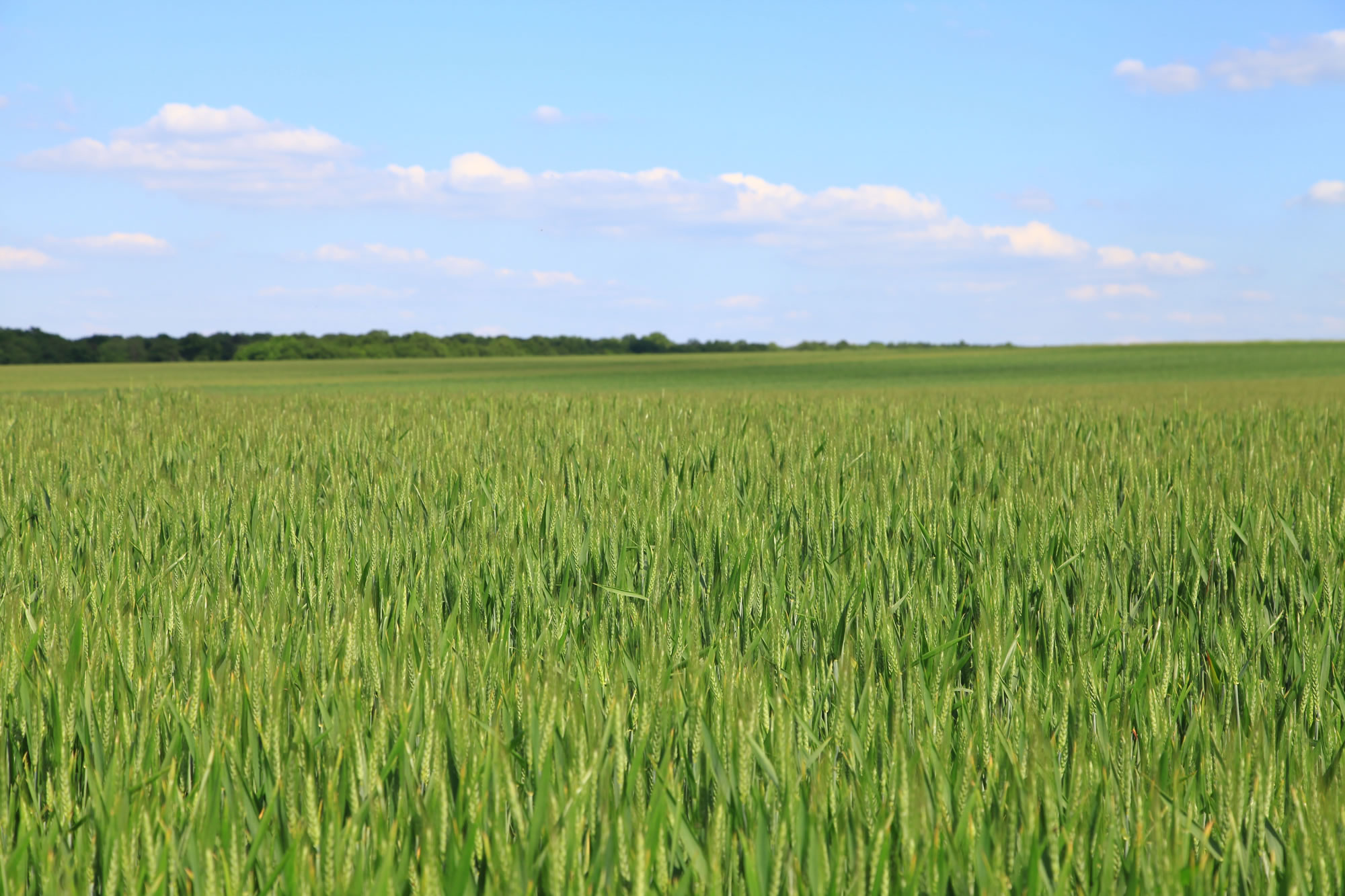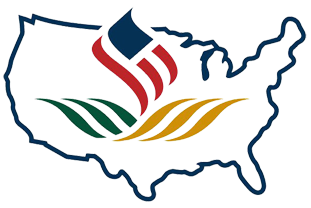The U.S. Custom Harvesters Hall of Fame
INDUCTEES OF USCHI HALL OF FAME
 Robert Johnson, Mount Hope, KS - (2002)
Robert Johnson, Mount Hope, KS - (2002)
Bob Johnson’s career as a custom harvester started soon after his service in World War II. He settled on his family’s small farm near Mr. Hope, KS with his wife, Alvera. Although he and Alvera had no car, they purchased a grain truck to use - both to make a living and for transportation.
Bob used the truck to haul hay, cattle, and anything else he could find to support his growing family. He met Ted Roeder who was traveling as a custom harvester. Bob Johnson began a career as a custom harvester that would last 34 continuous years. Prior to enlisting in the service, Bob had used his father’s pull-type combine and did custom cutting in the Mt. Hope, KS area. As early as age 12, he was working on threshing crews that worked the wheat fields of area farmers.
He bought his first combine in 1948 - it was a Massey-Harris. He was still working in partnership with Ted Roeder. Roeder had three combines and trucks; Bob had one of each. They went south to Anadarko, OK and north to Montana and into Canada following the harvest trail. The following year, Bob purchased another combine and truck and continued to work with Roeder.
In 1952, Bob was ready to work on his own. Another area custom cutter, Joe Martin, teamed up with him and they traveled together - but they maintained separate harvest units.
Near this same time, he upgraded his equipment to John Deere model 55 combines. He would often sell his equipment to farmers up north rather than haul it home. Then, he would purchase new equipment to start the next season.
In the late fifties, he partnered with Emery Carpenter. He met Carpenter in Glendive, Montana. This partnership would last eight years and the friendship a lifetime. They established the harvest run that Johnson would follow until his retirement. Cutting would begin in Conway Springs, KS, move to Caldwell, KS, and then home to the Bentley/Sedgwick, KS area. After that the crew would proceed north to various Kansas stops (depending on the ripening wheat). The next established stop was Ogallala, Nebraska, then on to Wibaux/Glendive, Montana. Johnson and his crew would remain in that area until October - first cutting winter wheat, then spring wheat, oats, and barley. Carpenter and Johnson had a total of six John Deere model 55 combines and support equipment in their traveling operation.
By 1960, two of Bob’s sons, Syd and Bob, Jr., were accompanying their father on the harvest run and he had no other partners. These two sons worked for their father throughout high school and into their college years - until they left the business to pursue other interests. During the 60’s, Bob ran John Deere models 95 and 105. His first combines with cabs were purchased during the 1967 harvest year.
In the late
60’s, his wife, Alvera, son, Ed, and daughter,
Marcy, joined him on the harvest run. All of the other
Johnson children had left home by then. Ed worked
in the fields with his father, starting full-time
combine operation at age 11. Alvera and Marcy cooked
meals for the crew and served them in the field twice
a day. They were also in charge of laundry for the
crew and parts running. Often the older children or
family friends would visit the Johnsons as they worked
their harvest run. This was the only “vacation”
the family knew.
In 1974, Bob purchased his first “new style”
John Deere 6600. This was followed by the purchase
of a JD 7700 in 1975. At this time, and until his
retirement, he ran two units. In 1978, he decided
to switch to Gleaner L2 combines. This decision was
an economic one; Gleaner simply offered him a better
deal. So, until his retirement in 1981, Johnson ran
Gleaners.
Ed Johnson, Bob’s youngest son, has continued the family harvesting business. He harvests crops for some of the same families as his father once did. The Johnson family still maintains friendships with many of the clients Bob cut for over the years. There was always a sense of friendship in the fields. Bob was proud of his work and cared about the people he cut for. He understood how hard they worked for their crops. When Bob died in 1983, many of his former clients drove a great distance for his funeral. He was much more than a “hired man” to them, he was their friend.




